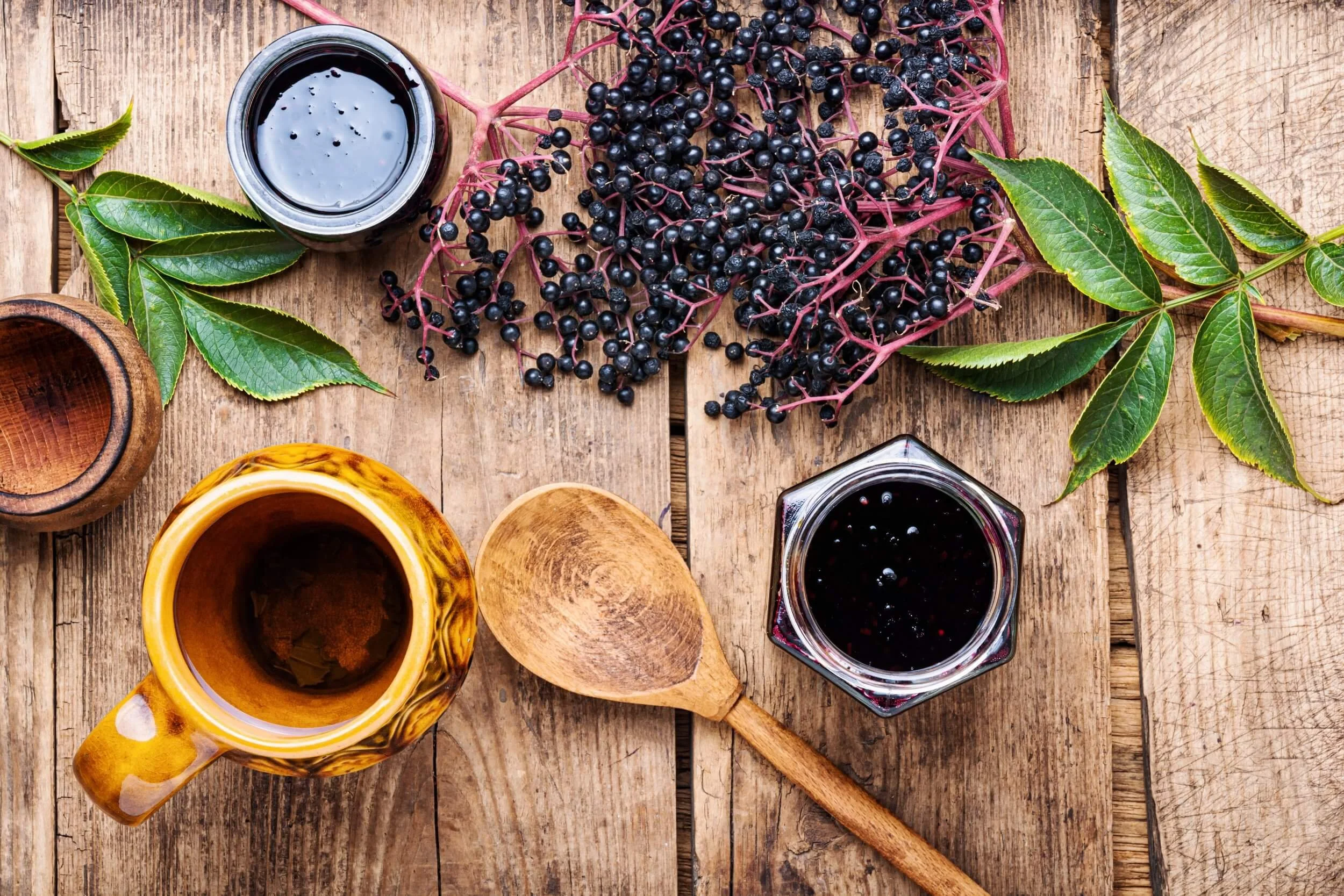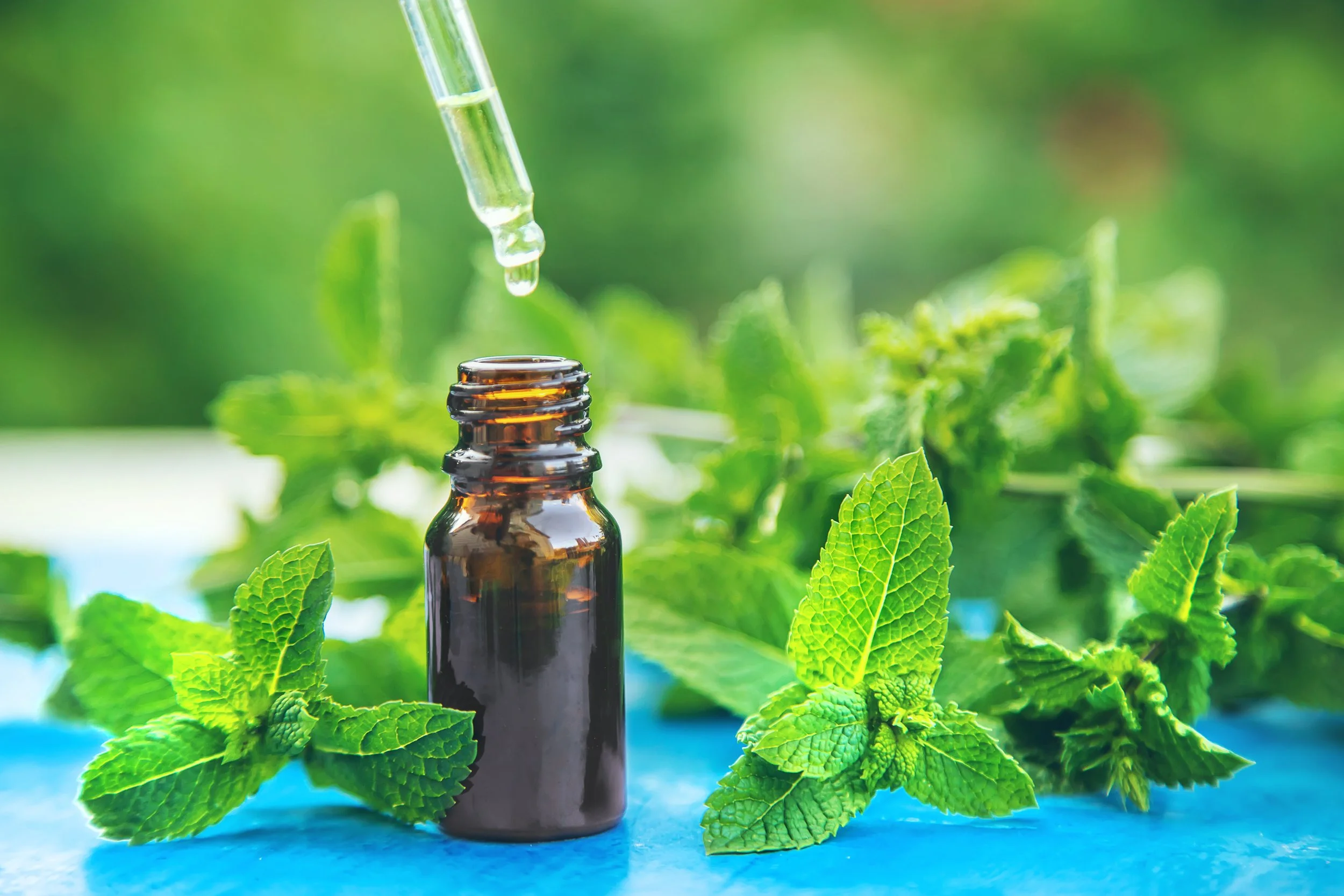Strep A: How to protect your children.
Alarming reports of serious infection and even death in children, associated with Group A Streptococcal infection (GAS) have been major source of parental concern in the last weeks. GP clinics are overwhelmed with worried parents and sick kids. Is it flu or scarlet fever?
As a mum, myself, and a GP, I want to be clear about the advice I give to my patients about the disease, and possible prevention.
Group A Streptococci (GAS) are bacteria commonly found on the skin or in the throat. Streptococcal infections usually present as impetigo or mild “strep” sore throat in children or cellulitis in adults.
According to Dr Nathalie MacDermott, NIHR Academic Clinical Lecturer, King’s College London, a small proportion of children with Group A Strep (GAS) infection can develop an invasive infection where the bacteria enter the bloodstream and can cause sepsis or more deep seated infections such as chest infections, bone and joint infections or abscesses.
The recent outbreak of scarlet fever in primary school children is not uncommon. This bug spreads readily amongst kids under the age of 8. What is different this winter? Why are we hearing about more serious cases?
Some strains of GAS can be more invasive, causing the complications mentioned above.
Some children with scarlet fever can become unwell very quickly, so it is important to watch out for signs when a child is becoming increasingly unwell.
Watch for “red flag” signs:
Persistently high temperature that won’t come down with normal measures (paracetamol or ibuprofen)
Being irritable or difficult to wake up
Difficulty breathing
Rash that doesn’t fade when pressed on and is spreading
Red and swollen joints or refusing to walk or use an arm.
The scientific publications suggest that this winter’s outbreak is possibly caused by loss of some natural immunity against Strep A infection, that primary school kids would have had if they were not isolating during Covid.
On top of this, seasonal flu is also catching up with us this winter. There is a definite peak of seasonal upper respiratory infections.
Could the flu epidemic have something to do with the outbreak of invasive GAS?
It currently can’t be proven either way. It is clear from the clinical evidence that strep A throat infection could be secondary infection after flu.
The NHS public health advice concerning GAS is:
“Prompt treatment with antibiotics can manage these infections, but it is important they are recognised and treated quickly. Prompt treatment of Scarlet Fever and Strep throat also reduce the chances of a child developing invasive Group A Strep and reduce the chances of the infection spreading to other children at school or household members.”
So, does this mean parents and GPs should have lower threshold for antibiotic treatment?
What are the best natural treatments for the symptoms of strep throat?
Elderberry -has antibacterial and antiviral effects. Recent studies show that elderberry has a protective effect against development of bacterial and viral respiratory symptoms.
Echinacea: Echinacea is a well-known herb to enhance natural immunity. There is considerable evidence suggesting that the phytochemicals in echinacea, and one of its compounds called echinace in, have the capacity to prevent bacteria and viruses from invading healthy cells.
Vitamin C — Use vitamin C to boost the immune system and repairs tissue damage in the throat.
Vitamin D — Studies show that there’s a link between vitamin D deficiency and the recurrence of group A Strep throat.
Raw Honey — A daily dose of raw honey raises levels of health-promoting antioxidants in the body, which help block free radicals and strengthens the immune system.
Himalayan Salt- Gargling with pink Himalayan salt water helps to reduce swelling and prevents against hostile bacteria and viruses in the throat.
Bone Broth — Bone broth helps to keep the body hydrated and it delivers minerals that are essential for boosting the natural defence system. Instead of spending hours making bone broth from scratch, use protein powder made from bone broth.
Oil Pulling — Research shows that oil pulling has the power to reduce the presence of strep bacteria in the mouth and it can be used as an effective preventive measure in maintaining oral health.
Hot Fluids — Hot fluids such as tea, soup and water can help to reduce throat irritation and discomfort. Drinking herbal tea can help to enhance immunity as well; try ginseng, chamomile or dandelion teas. Using a vaporizer or humidifier at home can soothe swollen air passages.
Essential Oils — Use essential oils for a sore throat, to fight bacterial growth. Peppermint oil can help to reduce inflammation in the throat. Lemon oil has antibacterial properties. Thyme oil supports the immune and respiratory systems.
Because strep throat is so contagious, it’s important that you avoid passing the infection to others and reinfecting yourself. As long as one has strep throat symptoms, it is best to avoid sneezing or coughing on others, and be sure to wash hands often. Replace your toothbrush when you first develop symptoms and then again after you are well.
Research suggests that viruses, such as influenza and adenovirus, cause the majority of sore throats.
See your doctor if you have trouble swallowing or your throat is blocked by swollen tonsils. If you begin antibiotic treatment, you should see improvements within 2 days.



